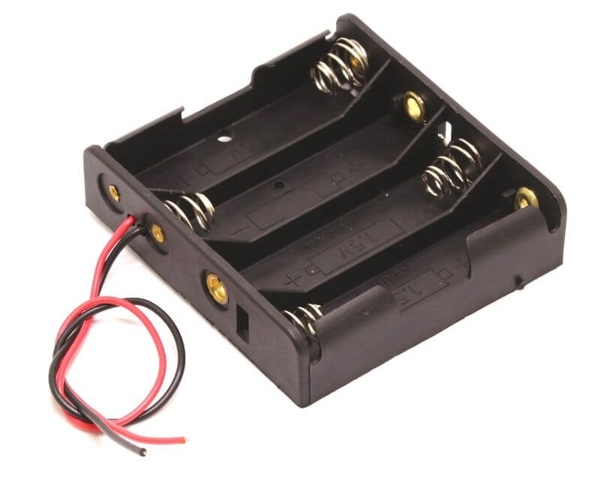Lighting Fundamentals: Power Supplies
If you have a number of LEDs on your layout, chances are you also have need for a number of different voltages to operate them. This can be something of a challenge. But first, let's cover some basics.
When using household current to power your layout, you need to convert high-voltage alternating current into low-voltage direct current. This is usually accomplished with a power pack, wall wart, or other power conversion device (such as an old computer power supply, or a DIY supply). If you have need for multiple voltages, then you'll need either multiple power supplies, or a single one that delivers multiple voltages—the latter being harder to find, especially if you need lower voltages, such as 1.5, 3, etc.
My solution to the problem has been for many years to use batteries. It sounds awkward or anachronistic, but it's actually quite economical and, best of all, very simple to employ. And unless you're running your layout for hours every day, the batteries will last quite a long time. It's also nice that you can run the animations without having to plug anything in. Batteries solve the multiple voltage issue easily as well; you can either use a bunch of different battery packs, or wire up one with multiple taps. I have found AAs ideal for my animations; they're cheap, plentiful, and don't take up much space.

Here's a typical battery clip. This one is a four-cell, meaning it produces 6 volts (1.5 volts per cell). Search eBay for AA battery clip and you'll see hundreds.
If this sounds familiar, yes, it's the same as power supplies for animations. Pretty much all of the same information applies in both cases.
